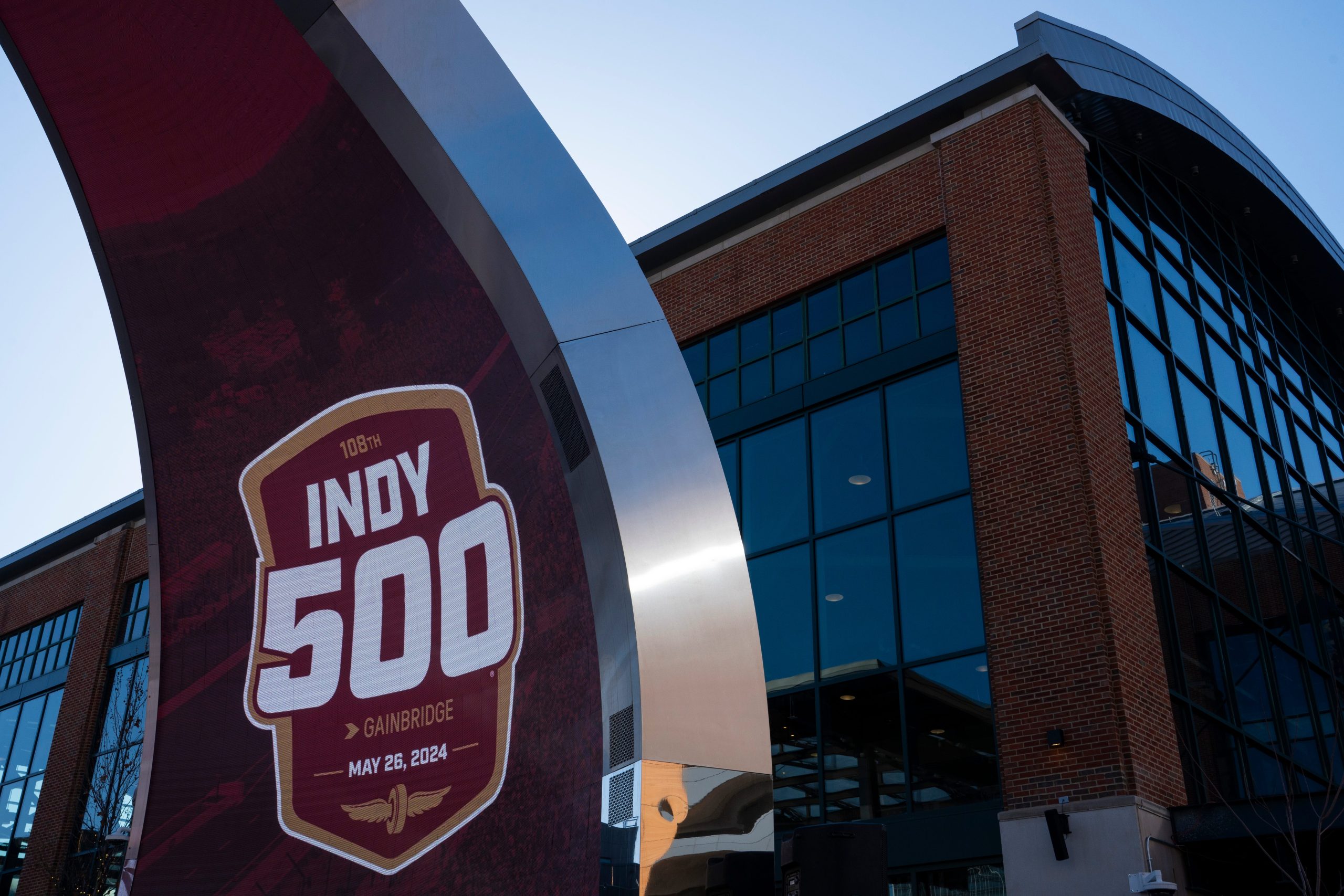The results are in for the 2023 NBA All-Star Game and they’re very, very bad. Sunday’s exhibition garnered a horrendous 4.6 million viewers, making it by far the least watched version of the league’s All-Star Game in history. The primary reason for that number appears obvious: the game was not only uncompetitive but unwatchable, with such little genuine basketball being played, even on the low standard of NBA All-Star games, that virtually everyone who came away from it agreed that the product was embarrassing – including the players and coaches who took part in it. That would seem to suggest an obvious fix to this ratings disaster: the game just needs to be more competitive and viewers will come back to it. Simple, right? Well, no, because even if this game was close and featured a modicum of defense, the ratings were going to be meh no matter what, as evidenced by the fact that they weren’t amazing the year before when the game was actually close. The All-Star Game has a bigger problem than basketball going on, and that problem is the event itself, as a piece of television, has become way too difficult to watch.
It’s wild to say that, because the inherent appeal of All-Star games is that they are easily accessible for casual fans. All-Star games are supposed to be games where the best players in the league play with each other; by no means should that be something that comes with a learning curve. And yet the NBA, in their overzealous quest to make the inherently imperfect exhibition game more interesting, has mutated it to such an extent that it practically requires a strategy guide to follow now. The changes the league have made are producing diminishing returns and are now an active roadblock for casual fans to keep up with, and that’s before we even get to the basketball.
For starters, it’s become nearly impossible to even keep up with who is playing for which team. It’s bad enough that the teams are no longer divided by conference. But, at least in the past, the NBA gave fans a week or two to get acquainted with the teams that were drafted. This year, however, the draft took place right before the game itself, meaning there was about a 99% chance that anyone who watched Sunday’s game did so with no clear understanding of who was on which side. Removing the connectivity that fans have with these players was a gargantuan mistake – how can anyone be expected to invest themselves in the action when they’re not entirely sure what the matchup they’re looking at even is?
That change also had the catastrophic side effect of pushing the start time of this year’s All-Star Game to around 8:45 PM ET, which was an absolutely unreasonable time to ask people to tune in for a frivolous basketball game – especially when the Super Bowl started two hours earlier just one week before.
Then the game started. At first, the score was easy to keep up with: Team Giannis had X points and Team LeBron had Y points. For a time, viewers were allowed to watch the game as though it was indeed a conventional basketball game, albeit with weird, confusing teams. But then, at the start of the second quarter, suddenly the game score moved to the top corner and viewers were instead confronted with a new, quarterly scorebug that had been reset to 0-0, something viewers would experience in the third quarter as well. The reason for this is because the league thought it could incentivize extra competitiveness if the teams were also playing to win individual quarters, with the winning team each quarter donating a select amount of money to a charity of their choice. It’s an idea that’s easy to imagine being massively confusing to a ton of casual viewers – not only because it relegated the actual score of the game to secondary status, but because it led to the unfortunate result of making it feel like the players didn’t actually care about the charities since none of them appeared remotely energized to play harder on behalf of those donations.
As if the event hadn’t gotten in its own way enough, another hurdle was then thrown at the audience in the form of the halftime break, which lasted a whopping 40 minutes – even longer than the Super Bowl halftime show. In an age where leagues obsess about how much dead time goes into their games, it feels counterintuitive for the NBA to put a marquee event like this on pause for that much time without anticipating that a lot of viewers would get tired of waiting for it (regardless of the fact that the halftime performance itself was well-received). In the future, the NBA would be well-served either putting long musical acts before the start of the All-Star Game or shortening them to a reasonable length that doesn’t drive viewers away.
Finally, the All-Star Game threw one more colossal wrench at the audience by asking viewers to accept the Elam Ending, meaning it would be decided not by another 12-minute period, but by an untimed period where whichever team managed to reach the target goal of adding 24 points to the leading team’s score would win. Of all the changes the NBA has made to the All-Star Game, this is probably the only one that is viewer-friendly, because in the right circumstances it can result in about thirty straight minutes of commercial-free action when the games have historically featured the players playing hard for once. The problem, though, is that by this point in the process, the Elam Ending was a case of quadruple mumbo jumbo. Viewers are expected to follow not only how a regular NBA game is scored, but also one for the second and third quarters, and now this brand new system exclusively for the fourth quarter. All of that might be doable if you’re a big enough NBA fan, but for casual fans the way the game was scored was probably absurdly confusing.
It should also be said that as neat as the Elam Ending can be at times, it’s counter-productive when the game isn’t actually close because it forces the winning team to push to reach a purely cosmetic target goal. This weakness metastasized itself on Sunday with Team Giannis having such a large lead near the end that their players launched a series of completely ridiculous, near-half court shots that they would’ve never taken in any other circumstance. Instead of a game that concluded in exciting fashion, the ending told viewers that the players didn’t care about the outcome at all, since the team leading had numerous chances to wrap it up and simply refused to out of boredom.
Again, these are all structural issues that make the game unnecessarily challenging to watch regardless of how intense or competitive the actual basketball is; and when the game isn’t competitive, the result is a product that’s truly a waste of time for everybody involved.
These problems go a long way to explain why the players themselves seemed less interested than ever in playing hard during it. Therefore, the real solution isn’t merely to go back to what made this event easily-viewable and fun in the first place, but to double down on it. The NBA should consider going back to the East-West format and discard every extraneous wrinkle that’s been piled on top of it, including even the Elam Ending. The game needs to feel like a real NBA game again if it’s ever going to become remotely watchable. Make it so the home fans are instructed to cheer for the home conference and boo the road conference, give free chicken nuggets if a player from the road conference misses two free-throws in a row, give NBA Finals like introductions for the starters that make it seem like a worthwhile honor instead of getting drafted 30 minutes beforehand.
Of course, even if the NBA tried to recapture the spirit of All-Star Games past, it will always be imperfect, as there will be clashes where the players’ primary objective of staying healthy through it conflicts with the game’s objective of being competitive. Still, most fans don’t expect perfection out of these All-Star Games. Most fans just want to see a game that’s fun, entertaining, and maybe halfway competitive, but one that doesn’t require too much use of their brain. That is not the current model. If the NBA truly wants to fix the All-Star Game, it needs to accept that the biggest problem with it isn’t that they haven’t stumbled upon the magical, radical, far-out solution to making the players treat it more like a real game. Rather, the biggest problem is the radical, far-out solutions in the first place. The actual solution of treating it like anything resembling a real NBA game is drifting further and further away.







